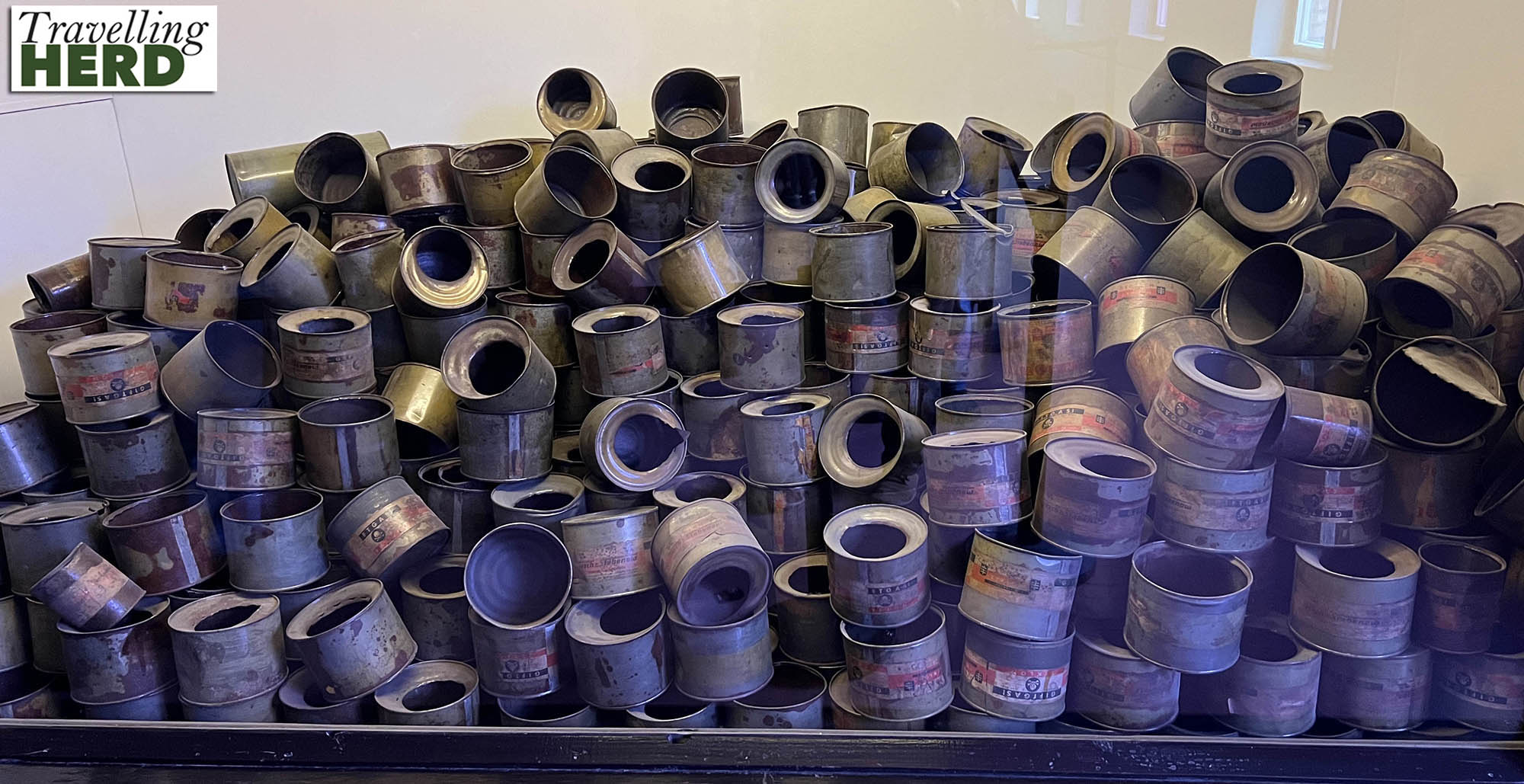Sunday 5th February 2023
MrShuttle again sent a confirmation of the time of we would be picked up for our visit to Auschwitz and as we would be leaving before breakfast the hotel provided us with a packed lunch each in a brown paper bag. It included such shiny green apples that we felt it must be someone’s job in the kitchen to polish them.
Auschwitz is about 70km from Kraków and on board the coach we watched a video about the camps. Auschwitz: a single word synonymous with genocide which conjures up the worst that mankind can do.
A single word known the world over. Far from being a single place, Auschwitz was in fact a vast complex of over 40 concentration and extermination camps consisting of Auschwitz I, the main camp or Stammlager; Auschwitz II-Birkenau, a concentration and death camp with purpose-built gas chambers; Auschwitz III-Monowitz, a labour camp for the chemical conglomerate IG Farben as well as dozens of sub-camps.
A single word cannot convey the sheer scale of the site and we both struggle to describe the enormity of this place and therefore sometimes, below, we are indebted to better minds than ours for their words.
Robert has visited the complex at Auschwitz several times but each tour is different and the horror does not diminish. All groups are guided through the site, passing first under the iconic gate to Auschwitz I.

Originally a Polish army barracks, Auschwitz I was opened in 1940 as a prison for Polish political prisoners and Soviet prisoners of war.

It was here that the Nazis experimented and built the first gas chamber, eventually deciding on using Zyklon B, a cyanide based pesticide to commit mass murder and genocide.

The army barracks now house displays and stand as a memorial to all those who died here. Before the introduction of tattooing, the Nazi’s photographed all those sent here and their faces look down at visitors along one long corridor. The heartbreaking displays include separate rooms filled with shoes, suitcases, prosthetics and women’s hair which were all taken from prisoners on their arrival.

A reconstruction of the Death Wall stands in the yard at the side of block 11, where the SS shot several thousand people—mostly Polish political prisoners and members of clandestine resistance organisations.

Two miles away, from 1942 onwards the Nazis started construction of Auschwitz II – Birkenau to deal with the vast numbers of Jews being sent to their death. The train tracks pass under the infamous observation tower on the gatehouse which was included on one of the tours Robert went on.

Here, all that remains of many of the primitive wooden buildings where those deemed fit to work lived are the brick built chimneys which stretch into the distance.

The train tracks at Auschwitz II-Birkenau led directly to the site of the gas chambers and a lone freight train car stands as a memorial to the transport system used to deliver Jews to Auschwitz in the Holocaust. Such freight cars were used to transport almost half a million people from Hungary alone.

When the Soviet army liberated the camp on 27th January 1945, they found just 7,000 survivors.

To minimise panic, the gas chambers were cynically designed as a complex with a ‘bathing’ area where Jews were sent to undress.

Built underground, the gas chambers could kill 2,000 people at a time and people assigned to work in the crematoria stated that they could burn about 8,000 bodies a day.

When Nazi defeat seemed inevitable, they attempted to destroy the evidence of the Holocaust by blowing up these buildings. This act itself confirms that those responsible knew how heinous their actions were and how the rest of the world would view them. The ruined buildings are a chilling reminder of this evil.
At the end of the tour our guide entreated us to learn the lessons of the past and this is certainly a visit we will never forget.
Those who cannot remember the past are condemned to repeat it. George Santayana
In Man’s Search for Meaning, written by camp survivor, Victor Frankl he urges the world to be vigilant. So, let us be alert-alert in a twofold sense. Since Auschwitz we know what man is capable of. And since Hiroshima we know what is at stake.
It almost seemed disrespectful to continue with our day to day lives after visiting such a place.
It felt wrong that we could go to Pod Wawelem under the castle walls, one of Robert’s favourite restaurants and eat and drink as much as we wanted having visited a place where people were gassed or systematically starved and worked to death.

Dish of the day:

Route Map:






